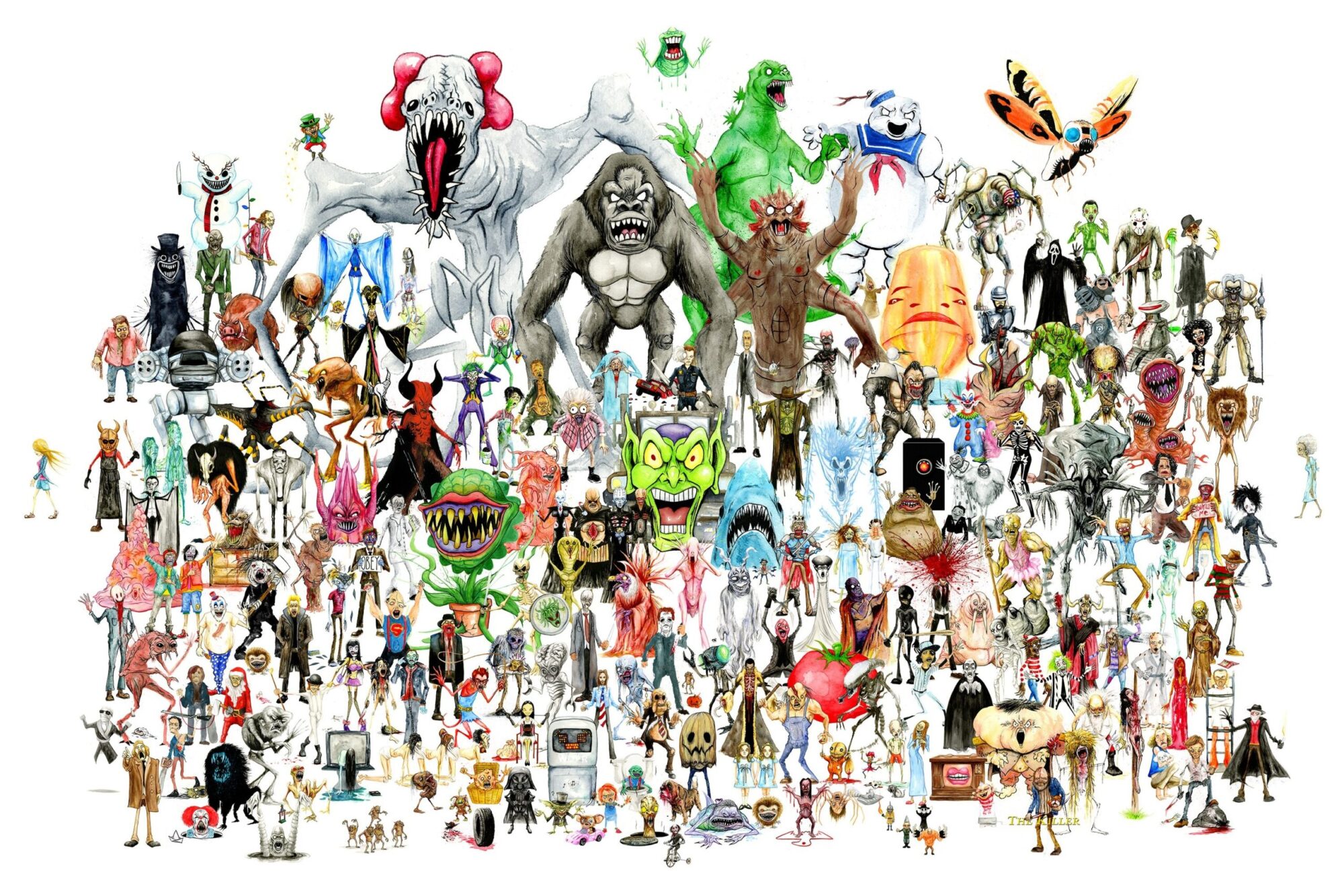The aim of this exercise is to summarize “Monster Culture (Seven Theses)” for a reader who has not read the essay.
Estimated time: 1 hour
Due by 9:30 a.m. Thursday, February 7th
An effective summary helps an unfamiliar reader to accurately understand the main ideas of a piece of writing. Typically, an effective summary includes:
1) the author’s full name
2) the name of the text
3) a description of the author’s analytical project (USEFUL VERBS: explores, examines, analyzes, investigates; NOT: says, writes, is about, looks into)
4) one or two quotes of the author’s main point (USEFUL VERBS: argues, asserts, states, proposes, hypothesizes, claims)
5) a paraphrase/explanation/example of the author’s main point (USEFUL PHRASES: for example, for instance, in other words)
6) a brief description of how author supports his/her main idea in the text
Here’s an example of a summary of a 25-page essay called “The Trouble with Wilderness”:
In his essay “The Trouble with Wilderness,” William Cronon, Professor of History, Geography, and Environmental Studies at the University of Wisconsin–Madison, asks his readers to “rethink wilderness” (83). He criticizes mainstream environmentalism’s portrayal of wilderness as “sublime,” claiming that these “specific habits of thinking” have actually hindered the modern environmental movement by “underpinning other environmental concerns” (97-99). Cronon claims that this insistence on portraying the wilderness as separate from society inadvertently draws attention away from “most of our serious environmental problems” in “the landscape … that we call home” (103). Thus, he concludes that humankind should refrain from a “dualistic vision in which the human is entirely outside the natural” (97). Instead, he advocates that society be self-conscious of its actions in relation to nature everywhere, not just the locations perceived as the wilderness but also the environment that surrounds and permeates human civilization.
Write a one-paragraph summary of “Monster Culture (Seven Thesis)” following the above guidelines. Imagine that you want another freshman who has not read the essay to understand it. (Even though we are only reading up to Thesis IV for the first assignment, you know enough about the essay to be able to summarize it.)


